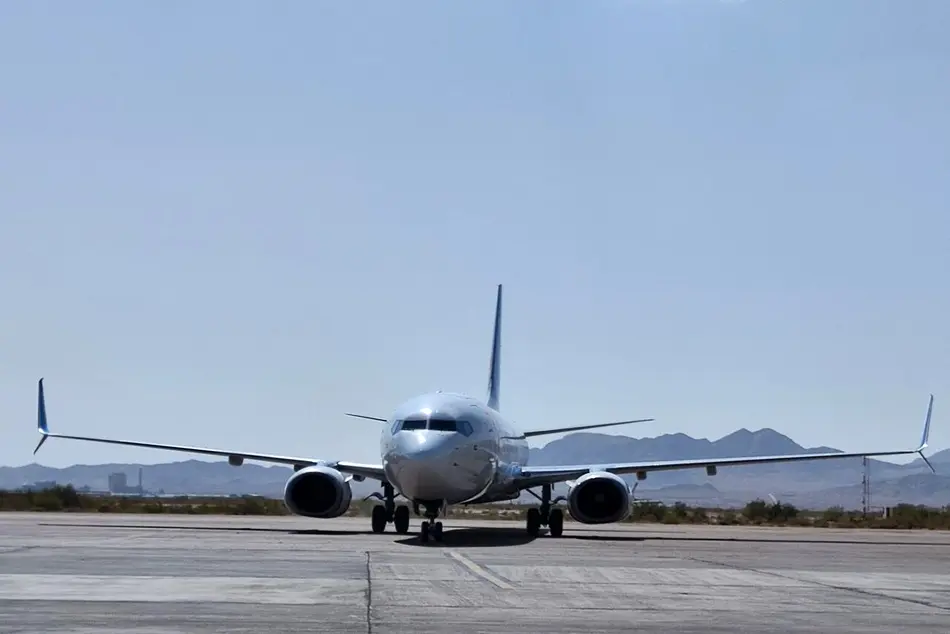Opinion: Sovereign Wealth Funds And Aviation’s Financial Needs
Aircraft manufacturing is one of the world’s most capital-intensive industries — new products cost tens of billions of dollars to develop. So it is not a surprise that manufacturers view sovereign wealth funds as potential kingmakers.

Aircraft manufacturing is one of the world’s most capital-intensive industries — new products cost tens of billions of dollars to develop. So it is not a surprise that manufacturers view sovereign wealth funds as potential kingmakers.
Late last year, Embraer signed a cooperative agreement with SAMI, Saudi Arabia’s national defense fund, covering military projects. Boom, seeking to build its Overture supersonic transport, at the same time announced an unspecified investment from Saudi Arabia’s NEOM Investment Fund. But despite sovereign wealth funds’ (SWF) huge pool of wealth—the largest are worth well over $1 trillion, and total global SWF assets exceed $12 trillion—the practical realities and history of SWF investments in jetliners suggest wishful thinking may be at play.
SWF investment makes sense to a point. Consider Embraer. There has been a growing clamor for the company to move up in the market with a new jetliner in Airbus and Boeing territory. Embraer has a remarkably successful track record with new aircraft development. Subsystems and aerostructures companies would enthusiastically join it as risk-sharing partners. The only thing missing is money—lots and lots of money.
Embraer could probably develop a midmarket jet for $10-15 billion, but the company’s total revenue is just $5.3 billion. Bombardier’s revenue was nearly four times that when it launched the C Series, which almost destroyed the company. Embraer would only be able to pay for a minority share of its own project. If the SAMI agreement were followed by investment from other Saudi SWFs, the thinking goes, the new jet cash problem would be solved.
SWFs have been active in aviation. Aviation Week Network’s CAPA – Centre for Aviation says that half of the top 15 SWFs have invested in air transport, mostly in airports. Recently, Saudi Arabia’s Public Investment Fund has been active in the airline space. Other SWF investments are in maintenance, repair and overhaul providers or jetliner leasing, following a pattern set by Dubai Aerospace Enterprise. SWF interest in aircraft manufacturing is much more limited.
The historical record of SWFs and aircraft development also is telling. In the early 1990s, Taiwan Aerospace, partly backed by government funds, almost made a big investment in McDonnell Douglas with the intent of creating the MD-12, a mega-transport quadjet. After that unraveled (largely for reasons of risk), Taiwan looked to ally with British Aerospace/Avro to create a new version of its 146/RJ regional jet. This also died largely for the same reason.
More recently, United Arab Emirates SWF Mubadala owned Piaggio Aerospace, which dreamed of graduating from turboprop business aircraft to business jets and military drones. Mubadala is worth hundreds of billions of dollars, while Piaggio’s revenues were below $200 million. Yet Mubadala exited from Piaggio in 2018 after 12 years, sending the company into bankruptcy. The risks associated with Piaggio were unacceptable, no matter how deep Mubadala’s pockets were.
It is hard to see the rewards for SWFs in aircraft manufacturing. Much of their mission is to provide economic opportunity and diversification for their home countries. Yet what role could the SWF home nations play in a new aircraft? Most jetliner technologies and components are built by experienced, established industries; it is not as though Qatar or the United Arab Emirates could suddenly establish a world-class civil avionics, aero engine or auxiliary power unit company. They have put resources into home-based aerospace work primarily on defense products and sustainment with the goal of increasing military self-sufficiency.
Meanwhile, jetliner aerostructures and final assembly work is more labor-intensive, and the countries with some of the biggest SWFs are not known for large, skilled workforces or low labor rates. Saudi Arabia’s SWFs might want to help diversify the country’s economy away from oil, but such an initiative would likely favor digital industries and the financial sector.
A jetliner production line in a country with a large SWF would face massive structural problems. Such countries often built up their cash thanks to resources, and resource wealth inflates both in-country labor rates and national currencies, making them seriously uncompetitive for manufacturing.
It is tempting for aircraft-makers to view SWFs as a potential large source of cash for new programs. But they should remember that these funds, like many wealthy people, preserve their wealth in part by avoiding risk and pursuing relatively safe investments.